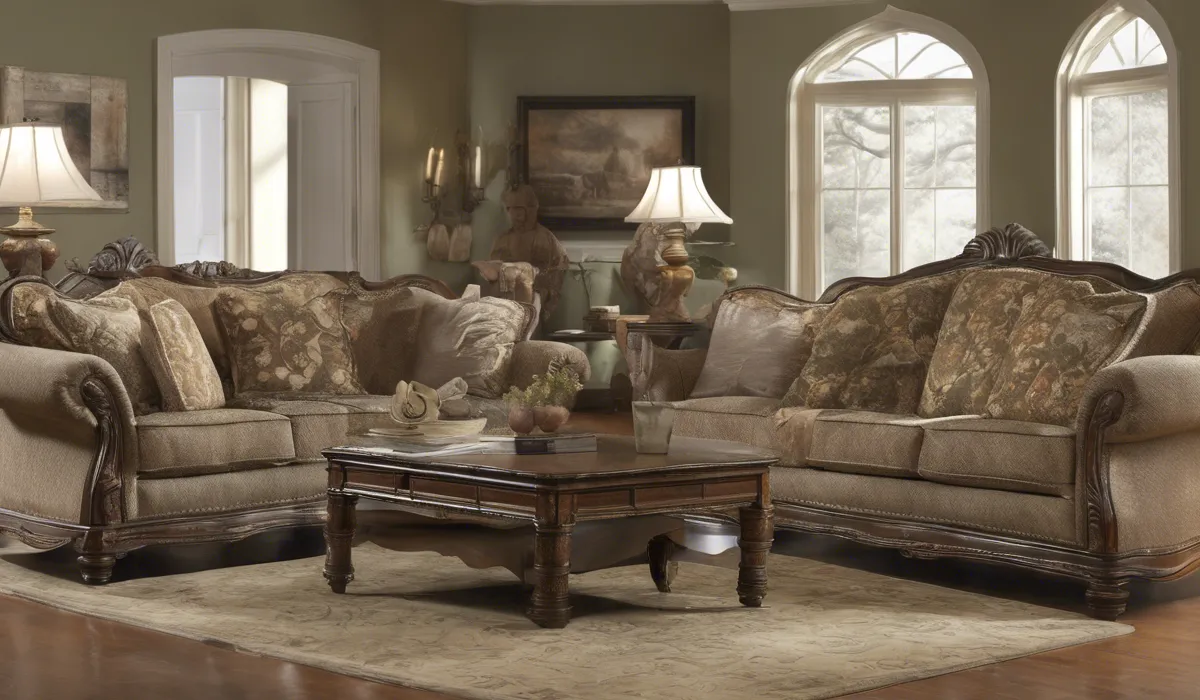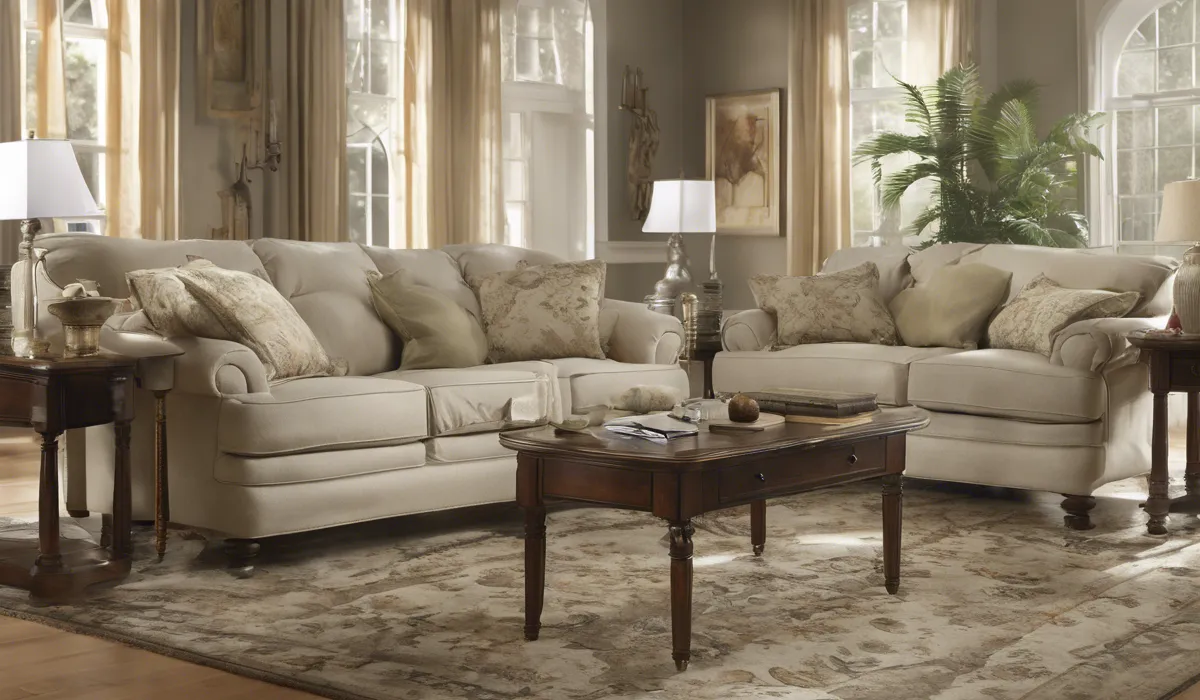Yes, you can remove mold from furniture by thoroughly cleaning the affected area with a mixture of water and vinegar or a commercial mold remover. Dry the furniture completely in sunlight if possible, and maintain low indoor humidity to prevent recurrence.
Assessing the Extent of Mold Infestation on Furniture

Identifying Signs of Mold
Detecting mold on furniture involves a keen eye and a sense of smell. On wood furniture, mold presents as fuzzy or slimy spots which can be white, green, brown, or black.
Fabric furniture might show discolored patches and a musty odor, while leather could have a white or greenish powdery substance. It’s important to inspect all nooks and crannies where mold might hide.
Salvageability of Moldy Furniture
Deciding whether to keep or discard furniture depends on the infestation’s severity.
Minor surface mold can often be cleaned, but extensive, deep-rooted mold often warrants disposal, especially if the structural integrity of the furniture is compromised. Each piece should be evaluated individually.
Health Considerations
Mold exposure can lead to health issues, especially in those with allergies, asthma, or weakened immune systems.
Symptoms may include coughing, sneezing, and skin irritation. It’s critical to use protective gear and consider professional help if you’re sensitive to mold.
Cleaning Mold from Furniture

Safety Precautions for Cleaning
Before tackling mold, wear protective clothing, gloves, a mask, and goggles. Work in a well-ventilated area or outdoors if possible, to minimize inhalation of mold spores.
Non-Porous Furniture Cleaning Guide
For metal and plastic furniture, create a cleaning solution of water and mild detergent. Scrub the surface with a brush, rinse with clean water, and dry thoroughly to prevent further mold growth.
Cleaning Porous Materials
Wood, fabric, and leather require gentler methods. A mixture of water and vinegar can be effective for wood, while fabric may be cleaned with a specialized upholstery cleaner.
Leather should be treated with a leather cleaner and conditioner after mold removal.
Natural vs. Chemical Agents
While natural solutions like vinegar or baking soda are safer and often effective, stubborn mold may require commercial mold removers. Always follow the manufacturer’s instructions and test a small area first.
Drying and Airing Out
After cleaning, it’s crucial to dry furniture completely. Use fans or dehumidifiers and place the furniture in sunlight if possible. This helps in ceiling box installation areas where moisture may accumulate.
Preventing Future Mold Growth on Furniture

Controlling Home Humidity
Maintaining a home humidity level between 30-50% is key in preventing mold.
Use dehumidifiers and air conditioners to manage moisture, especially in hot, humid climates or during an toilet flange replacement that might expose your home to extra humidity.
Furniture Maintenance Tips
Regularly clean and inspect your furniture for signs of mold. Ensure that spills are dried immediately, and consider using a protective sealant on porous surfaces.
If you’re an birding enthusiast, make sure your outdoor furniture is mold-resistant and properly maintained after exposure to the elements.
Air Purification and Sunlight
Air purifiers can help reduce the presence of mold spores in your home. Sunlight is a natural mold disinfectant, so let your furniture bask in the sun when possible.
Mold-Resistant Materials and Treatments
When purchasing new furniture or replacing old pieces, opt for materials that resist mold growth, such as metal or plastic.
Look for furniture treated with mold inhibitors, a worthwhile investment for humid environments or if you’re located near the coast where moisture levels are high.
FAQs About Removing Mold from Furniture
Can vinegar effectively remove mold from furniture?
Yes, vinegar can effectively remove mold from furniture when used in a mixture with water to clean the affected area.
Is sunlight beneficial for removing mold from furniture?
Drying furniture in sunlight can help remove mold as it helps to dry out the furniture completely, which inhibits mold growth.
Are commercial mold removers safe to use on furniture?
Commercial mold removers can be safe for furniture but always check the manufacturer’s instructions for compatibility with specific furniture materials.
How can I prevent mold from returning to my furniture?
Maintain low indoor humidity and ensure proper ventilation to prevent mold from returning to your furniture.
What should I do if mold persists on my furniture after cleaning?
If mold persists after cleaning, it may be necessary to consult a professional cleaner or consider disposing of the affected furniture to prevent health risks.
Final Thoughts
Removing mold from furniture is feasible by cleaning the area with a water and vinegar solution or a commercial product.
Ensuring the furniture is completely dry, preferably by exposing it to sunlight, is crucial. Preventing future mold growth hinges on controlling indoor humidity levels to create an environment less conducive to mold proliferation.
